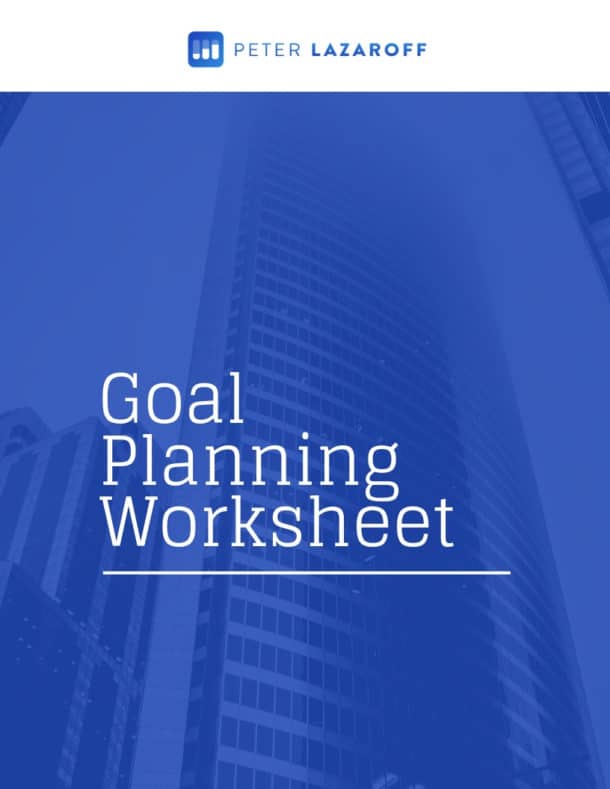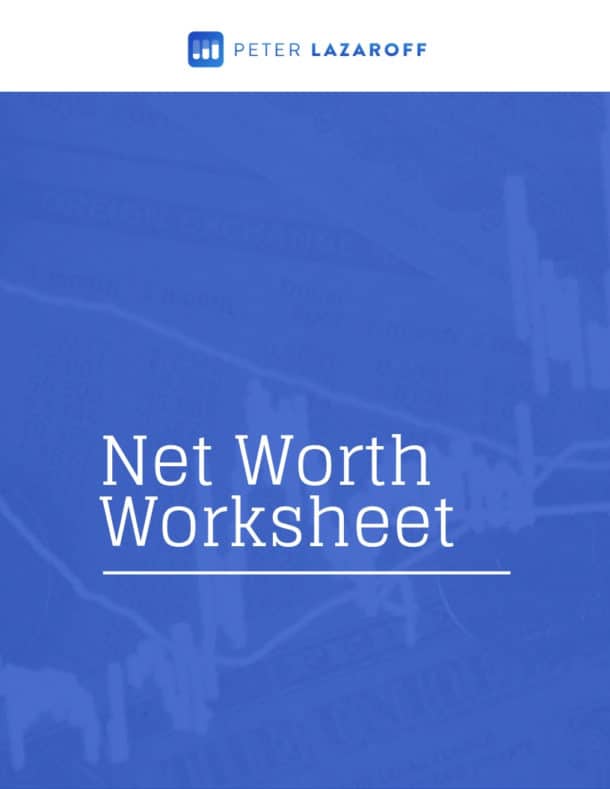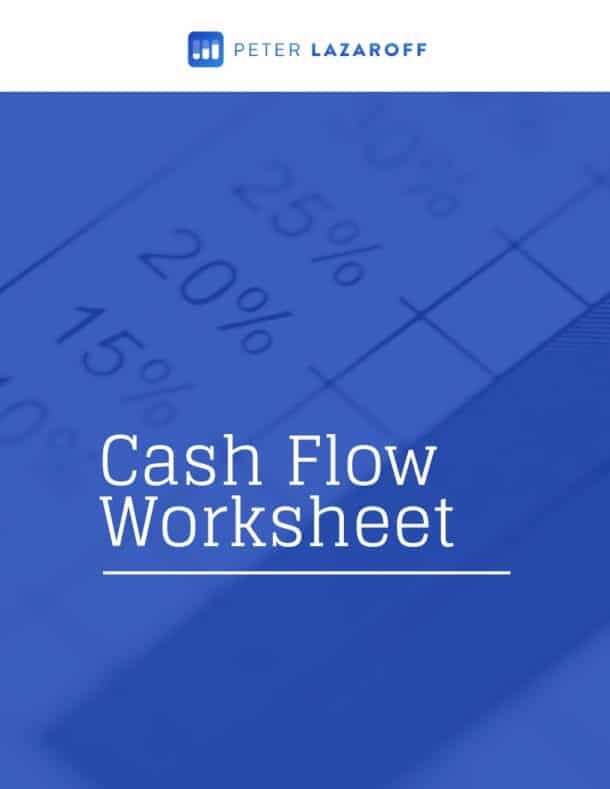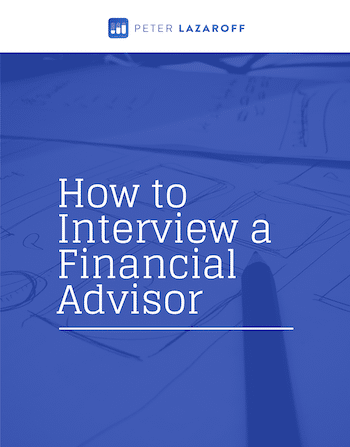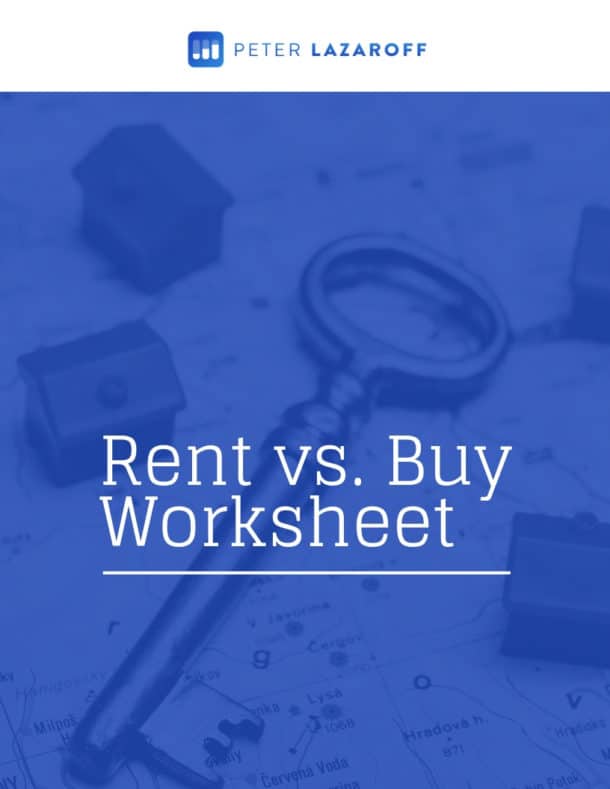Listen Now
Why the Market’s Recent Correction Isn’t a Crisis—and What to Do Instead
As the first quarter draws near to a close, sentiment about markets and the economy has changed markedly as investors digest the diverging fortunes of national economies, shifting policy landscapes, and the rapid pace of technological change.
At one point, the S&P 500 was down 10% from its peak, allowing everyone to start using the term “correction” when describing the market environment.
Sign up for my newsletter so you can easily reply to my emails with your thoughts or questions for the podcast:
Why I Didn’t Send the Market Correction Email This Time
Historically, I’ve sent out an email to clients the moment the S&P 500 crosses into correction territory. But sending that email always gives me mixed feelings.
On one hand, I imagine there are clients who feel anxious in response to headlines and gloomy expert forecasts. On the other hand, I know that many clients have learned that these market movements are perfectly normal and shouldn’t trigger concern.
So when an email from the Chief Investment Officer points out the correction, I worry that clients might assume this downturn is different. It’s a tough balance, because I truly don’t believe these downturns are a big deal. But it’s also okay if you’re feeling nervous—because that’s perfectly human. And if you’re uneasy, you’re not alone.
This year, I didn’t send that email. Instead, we took a more targeted, manual approach to client outreach. I figured some clients were curious about what’s going on, and others might be genuinely worried.
Now that the quarter is ending, I want to share a few key thoughts about the market environment.
What’s Driving Recent Market Volatility?
1. Long-Term Stock Prices Follow Earnings
Over the long run, stock prices closely track corporate earnings. In the short term, price movements are mostly the market repricing its expectations for future earnings.
The recent market selloff is a response to shifting expectations about economic policy—particularly tariffs. At the beginning of the year, most investors assumed the threat of tariffs was just a negotiation tactic. Many also believed the White House would respond to market reactions by adjusting policy.
But over the past few weeks, the White House has delivered a very different message, even stating there “could be some pain” as the country adjusts to new policies. The result: markets are now pricing in lower earnings.
2. Valuation and Volatility Go Hand-in-Hand
Stock returns are driven by three things:
- Changes in earnings
- Cash returned to shareholders (via dividends or buybacks)
- Changes in valuation
We’ve already covered earnings. As for valuations, we’ve been saying for years that U.S. stock valuations are relatively high, which makes them more vulnerable to unexpected shocks.
We’re now seeing that vulnerability play out.
3. What’s the Difference Between a Slowdown and a Recession?
Economic data shows a slowdown—but not a recession.
A slowdown means growth is still positive, just happening at a slower pace. GDP is likely still expanding, jobs are being added, and consumers are spending—though more cautiously.
A recession, by contrast, is a broad-based economic decline. The National Bureau of Economic Research (NBER) looks at GDP, employment, industrial production, and income. Two quarters of negative GDP growth is a general rule of thumb, but not a requirement.
Right now, we’re experiencing a slowdown. There’s no collapse—just deceleration.
To return to my earlier point: stock prices track earnings. So when prices fall, it’s typically just the market adjusting its outlook—not a signal that something catastrophic is around the corner.
Are Coca-Cola or McDonald’s going to stop selling soda and cheeseburgers because of tariffs? No. But if input costs go up or consumer demand weakens, their earnings might get dinged—and that’s what the market is responding to. And with greater uncertainty, investors might not be willing to pay as much for those future earnings.
4. Diversification Is Working
The worst of the recent decline has been concentrated in U.S. large-cap growth stocks—some of the very same areas that experienced the strongest run-up in recent years.
But let’s zoom out. The S&P 500 is about flat year-to-date, despite having been down 10% from its peak. It also returned roughly 25% per year over the last two years. Nothing goes straight up—and corrections are a normal part of investing.
If you’re diversified, chances are you’re actually up for the year. That’s because:
- International stocks are helping offset weakness in U.S. equities. In fact, the slide at minute 19 from our most recent Quarterly Market Review shows that international stocks outperform U.S. stocks 94% of the time when U.S. returns are under 6%. Historically, they’ve always outperformed when U.S. returns are under 4%.
- Fixed income is also doing its job. After years of offering little yield, bonds are once again providing both return and diversification benefits.
What Past Elections Have Taught Me About Fear and Markets
After the election, I received a wave of emails and messages from clients and listeners concerned about “the state of the world.”
This happens after every election—regardless of who wins. And in each case, the fears sound the same.
Now that we’ve seen a market correction in 2025, some of those same people might say, “See? I told you so.”
But here’s what I’d remind them: as of this recording, the S&P 500 is roughly flat year-to-date. It also returned 25% in both 2023 and 2024. A 10% pullback is nothing I’d consider a crisis.
The S&P 500 experiences a 10%+ correction every year or two. It sees a 20% decline about once every 4–5 years, and a 30%+ drop about once a decade.
Market losses are normal. They’re the cost of earning returns that help you reach your financial goals.
The Problem with Getting Out of the Market
Here’s the real danger: when people get out of the market, they rarely get back in at the right time. They wait too long. They miss the rebound. And they almost always regret it.
In nearly two decades of working with investors, I’ve seen a lot of mistakes. But I’m not sure there’s anything worse than getting out of the market for any reason.
If you’re feeling tempted to exit, revisit your financial plan. A well-designed plan already assumes that downturns will occur with similar frequency and severity as in the past.
That means you don’t have to predict when or why they’ll happen—you just have to plan for them and stick with your strategy.
Final Thought: Advisors Add Value by Keeping You Invested
If you’re not working with a financial advisor, and you’re thinking about getting out of the market, that might be your signal to find one.
Sometimes, the most valuable thing an advisor can do is keep you on track—helping you stay invested when it feels hardest to do so.
Because staying invested through uncertainty is what gives you the best chance of long-term success.
Resources:
The Long Term Investor audio is edited by the team at The Podcast Consultant
Submit Your Question For the Podcast
Do you have a financial or investing question you want answered? Submit your question through the “Ask Me Anything” form at the bottom of my podcast page.
Support the Show
Thank you for being a listener to The Long Term Investor Podcast. If you’d like to help spread the word and help other listeners find the show, please click here to leave a review.
I read every single one and appreciate you taking the time to let me know what you think.
Free Financial Assessment
Do you want to make smart decisions with your money? Discover your biggest opportunities in just a few questions with my Financial Wellness Assessment.










